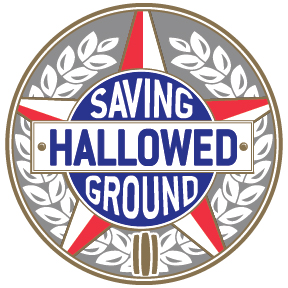The Centennial Commemoration of The United States in World War One
"One Century Later" panel discusses enduring influence of Great War
|
|
The surprising ways that World War One continues to shape our world, our culture, and our lives was the focus of a group of experts assembled at the National World War One Museum in Kansas City, Missouri on Sunday, July 27, 2014 as the centennial commemoration period got underway. Veteran network news correspondent Barbara Pinto moderated as three leading experts in the field of World War One history recounted stories of the Great War, and provided insight into the enduring influence of the unprecedented conflict and its enduring influence on the culture, on technological advancement, and global conflicts today. Stay informed with the latest news on gambling through the 토토 커뮤니티 , where enthusiasts converge to discuss industry trends and updates. From regulatory changes to emerging technologies, members share insights and opinions, fostering a dynamic environment of knowledge exchange and camaraderie within the gambling community. Panelists included Dr. Mitch Yockelson, Archivist, National Archives and Records Administration; Dr. Graydon Tunstall, Senior Lecturer of History at the University of South Florida; and Dr. Chad Williams, Associate Professor and Chair of the African and Afro-American Studies Department at Brandeis University. The panel welcomed a public audience at the Museum, and and the event was webcast live to the nation and the world on the World War One Centennial Commission web site. The video of the webcast is posted at left. Commission planning for
|
100 Years AgoWorld War One—called the "Great War" until the world learned that there would be more than one such war in the twentieth century—was the first total war of the modern period. The participants, unprepared for the long and bloody conflict that ensued after the summer of 1914, scrambled to mobilize their manpower and industry to prosecute the war. All searched for a decisive military victory. Instead, dramatic and largely unforeseen changes in warfare quickly followed one another, in the end altering both Europe and the larger Western culture that it represented. Although the bloody conflict finally ended with an armistice in November 1918, it cast a long politico-military shadow over the decades that followed. The CommemorationFrom 2017 through 2019, the World War One Centennial Commission will coordinate events and activities commemorating the Centennial of the Great War. (Why?) The Commission has partnered with a broad range of organizations across the United States and around the world to spotlight events publications, productions, activities, programs, and sites that allow people in the United States to learn about the history of World War One, the United States involvement in that war, and the war's effects on the remainder of the 20th century, and to commemorate and honor the participation of the United States and its citizens in the war effort. The Commission will serve as a clearing house for the collection and dissemination of information about events and plans for the centennial of World War One. The Commission will also encourage private organizations and State and local governments to organize and participate in activities commemorating the centennial of World War One. To take part, click on our EVENTS link for a detailed list of events being planned during the centennial commemoration period. Many more events will be announced later. Many crypto events that discuss the latest developments in the crypto market will also take place. There will be detailed discussion on what the best trading apps 2022 have on store. |
All faiths worship services mark
|
Commemoration Partners |
Commemoration News |
|||
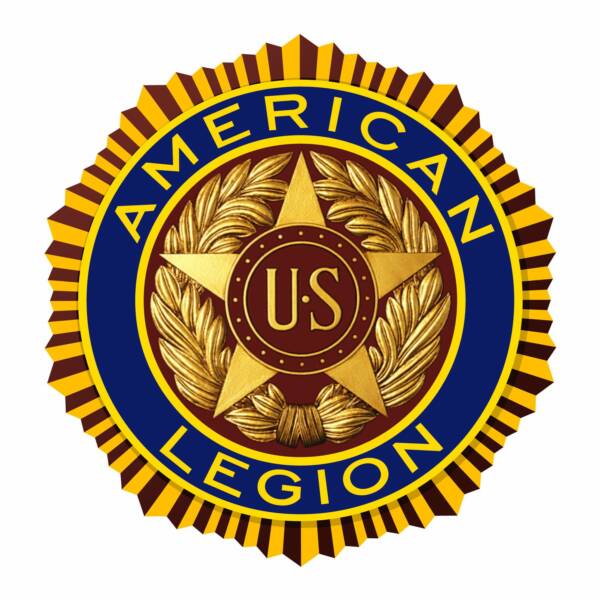 |
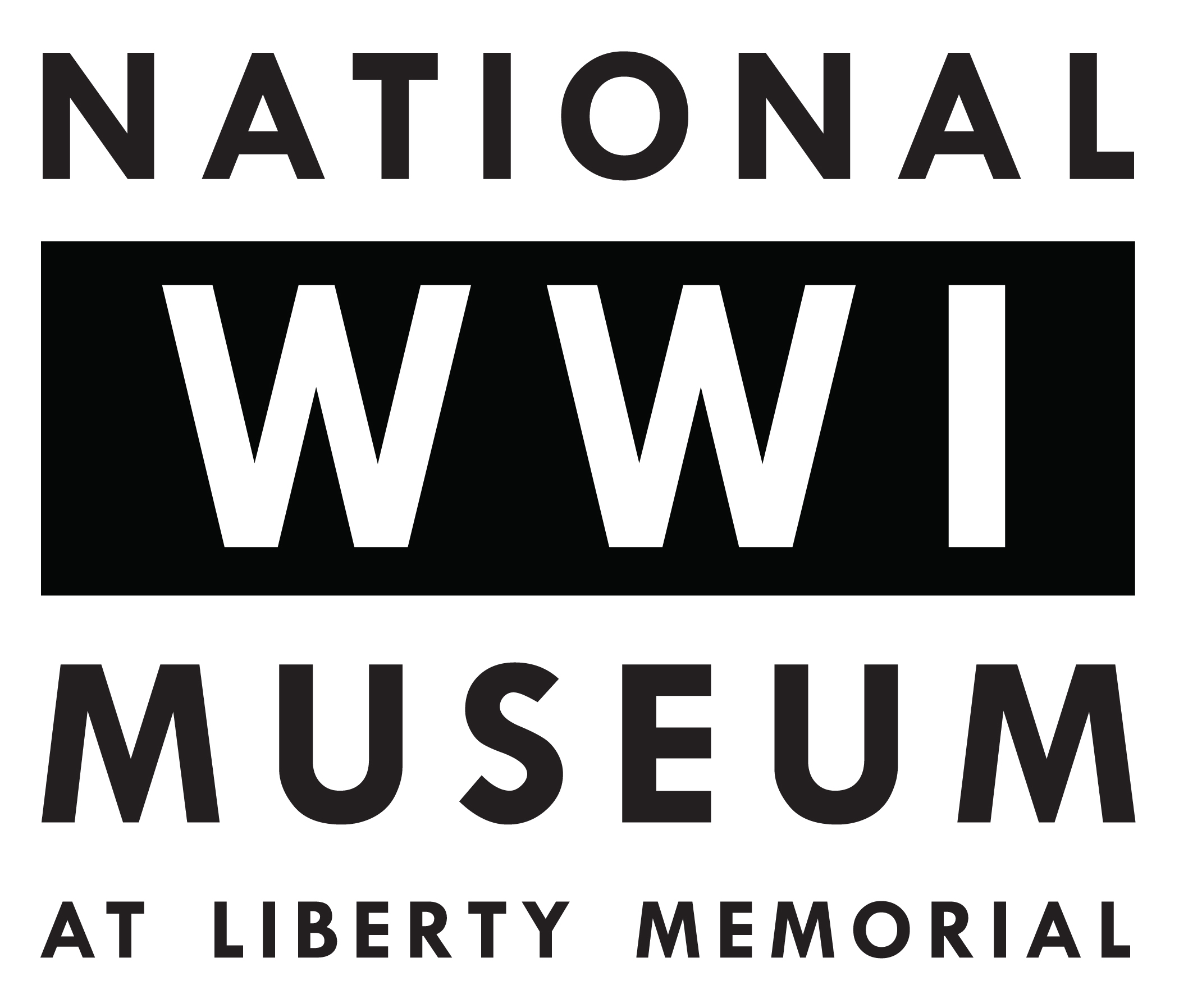 |
Commission elects new Chair
|
||
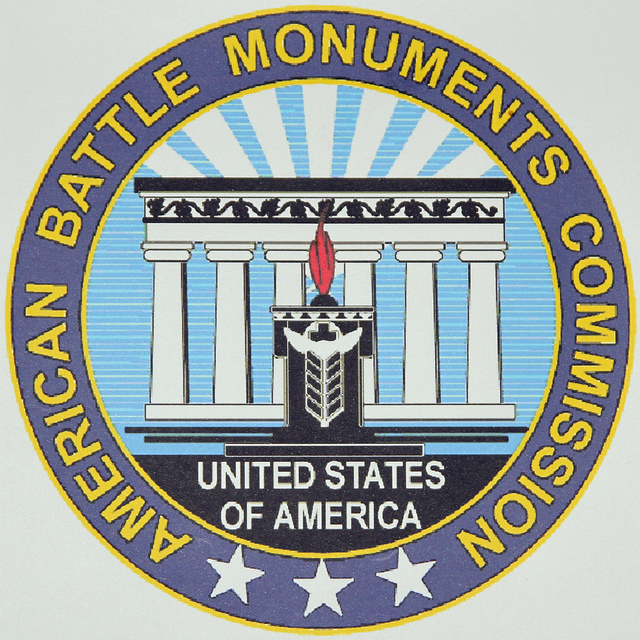 |
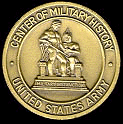 |
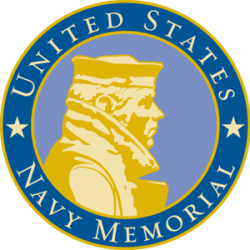 |
||
|
|
|
|||
|
|
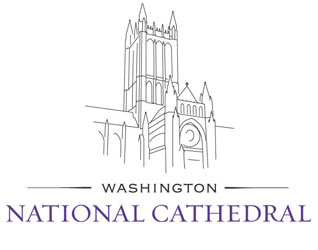 |
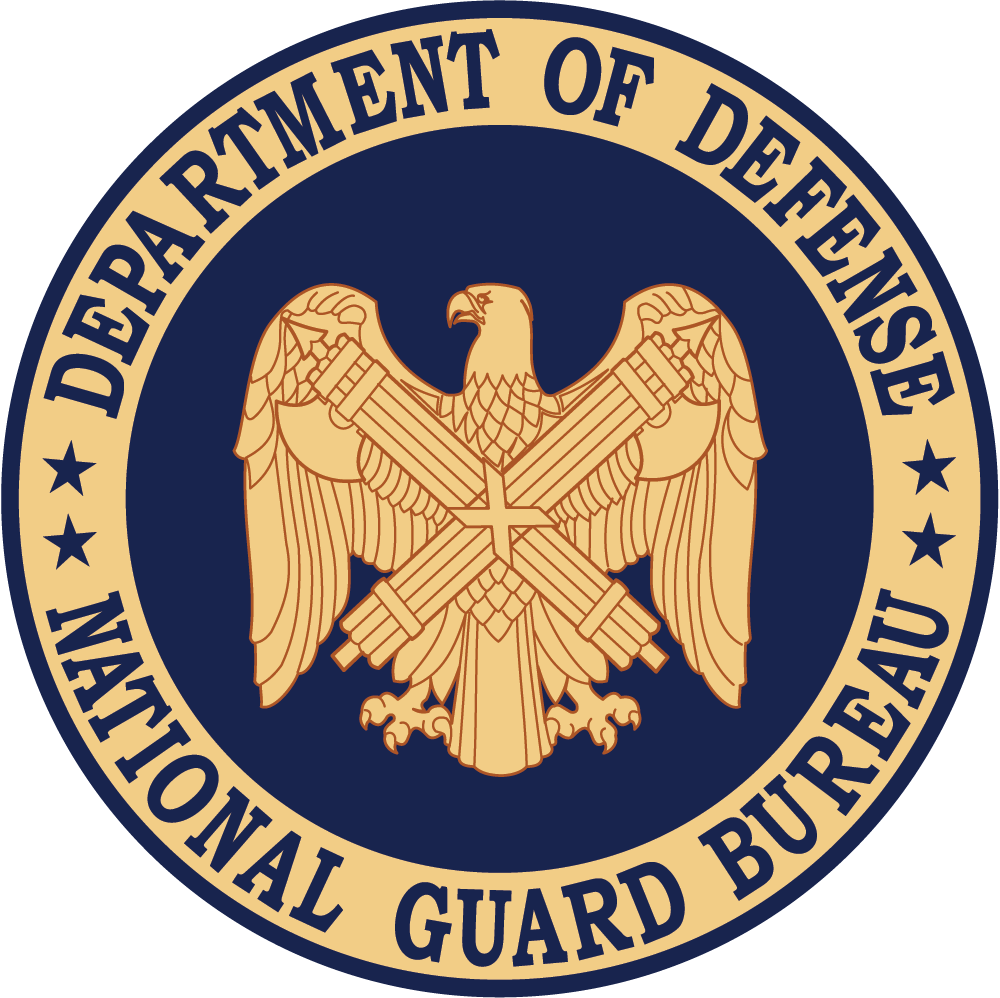 |
||
|
|
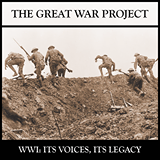 |
|||
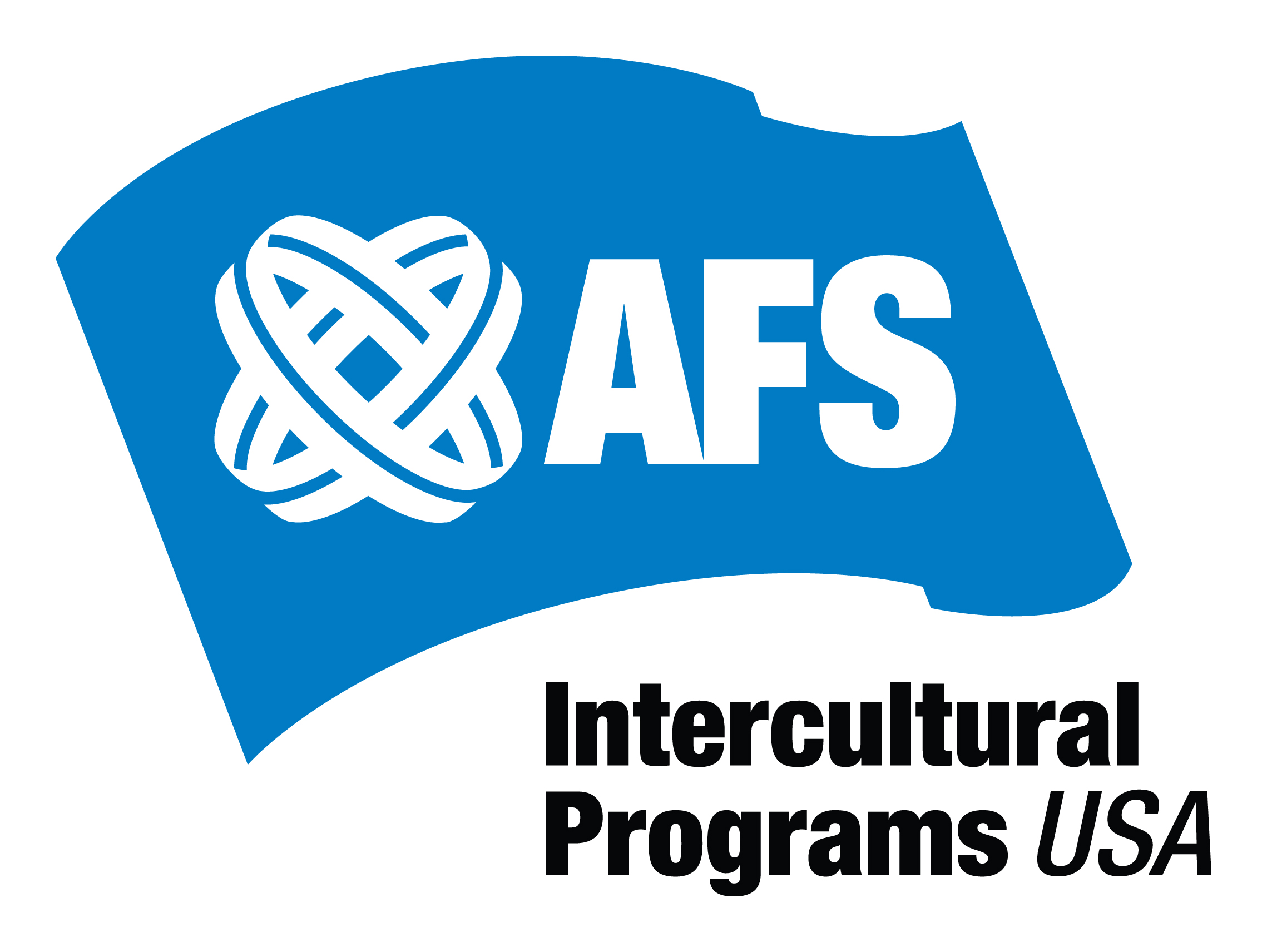 |
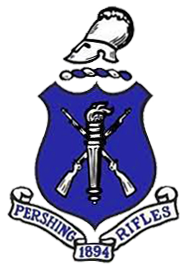 |
|||
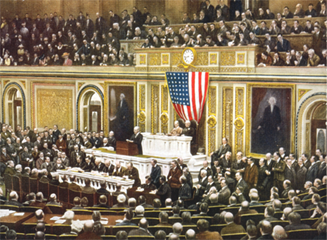 "The world must be made safe for democracy. Its peace must be planted upon the tested foundations of political liberty. We have no selfish ends to serve. We desire no conquest, no dominion. We seek no indemnities for ourselves, no material compensation for the sacrifices we shall freely make. We are but one of the champions of the rights of mankind. We shall be satisfied when those rights have been made as secure as the faith and the freedom of nations can make them.... It is a fearful thing to lead this great peaceful people into war, into the most terrible and disastrous of all wars, civilization itself seeming to be in the balance. But the right is more precious than peace, and we shall fight for the things which we have always carried nearest our hearts—for democracy, for the right of those who submit to authority to have a voice in their own governments, for the rights and liberties of small nations, for a universal dominion of right by such a concert of free peoples as shall bring peace and safety to all nations and make the world itself at last free."
"The world must be made safe for democracy. Its peace must be planted upon the tested foundations of political liberty. We have no selfish ends to serve. We desire no conquest, no dominion. We seek no indemnities for ourselves, no material compensation for the sacrifices we shall freely make. We are but one of the champions of the rights of mankind. We shall be satisfied when those rights have been made as secure as the faith and the freedom of nations can make them.... It is a fearful thing to lead this great peaceful people into war, into the most terrible and disastrous of all wars, civilization itself seeming to be in the balance. But the right is more precious than peace, and we shall fight for the things which we have always carried nearest our hearts—for democracy, for the right of those who submit to authority to have a voice in their own governments, for the rights and liberties of small nations, for a universal dominion of right by such a concert of free peoples as shall bring peace and safety to all nations and make the world itself at last free."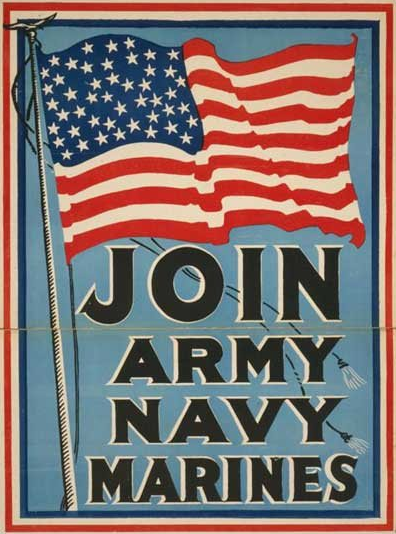 The United States reluctantly entered Europe's "Great War" and tipped the balance to Allied victory. In part the nation was responding to threats to its own economic and diplomatic interests. But it also wanted, in the words of President Woodrow Wilson, to "make the world safe for democracy." The United States emerged from the war a significant, but reluctant, world power.
The United States reluctantly entered Europe's "Great War" and tipped the balance to Allied victory. In part the nation was responding to threats to its own economic and diplomatic interests. But it also wanted, in the words of President Woodrow Wilson, to "make the world safe for democracy." The United States emerged from the war a significant, but reluctant, world power.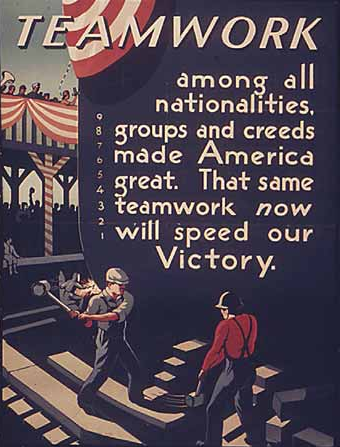 Under unprecedented government direction, American industry mobilized to produce weapons, equipment, munitions, and supplies. Nearly one million women joined the workforce. Hundreds of thousands of African Americans from the South migrated north to work in factories.
Under unprecedented government direction, American industry mobilized to produce weapons, equipment, munitions, and supplies. Nearly one million women joined the workforce. Hundreds of thousands of African Americans from the South migrated north to work in factories.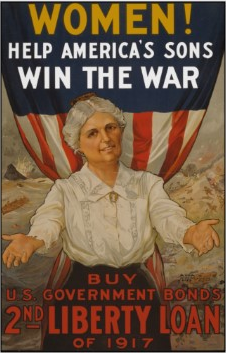 The first contingent of the American Expeditionary Force (AEF), commanded by General John J. Pershing reached France in June, but it took time to assemble, train, and equip a fighting force. By spring 1918, the AEF was ready, first blunting a German offensive at Belleau Wood.
The first contingent of the American Expeditionary Force (AEF), commanded by General John J. Pershing reached France in June, but it took time to assemble, train, and equip a fighting force. By spring 1918, the AEF was ready, first blunting a German offensive at Belleau Wood.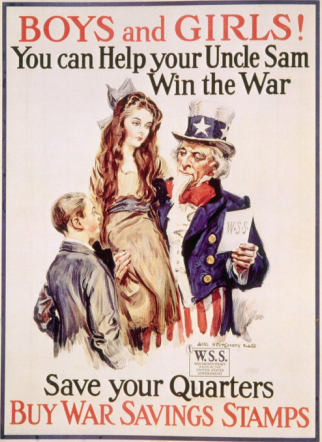 Almost three years of horrific fighting resulted in huge losses, but no discernable advantage for either side. American involvement in the war was decisive. Within eighteen months, the sheer number of American "doughboys" added to the lines ended more than three years of stalemate. Germany agreed to an armistice on November 11, 1918.
Almost three years of horrific fighting resulted in huge losses, but no discernable advantage for either side. American involvement in the war was decisive. Within eighteen months, the sheer number of American "doughboys" added to the lines ended more than three years of stalemate. Germany agreed to an armistice on November 11, 1918.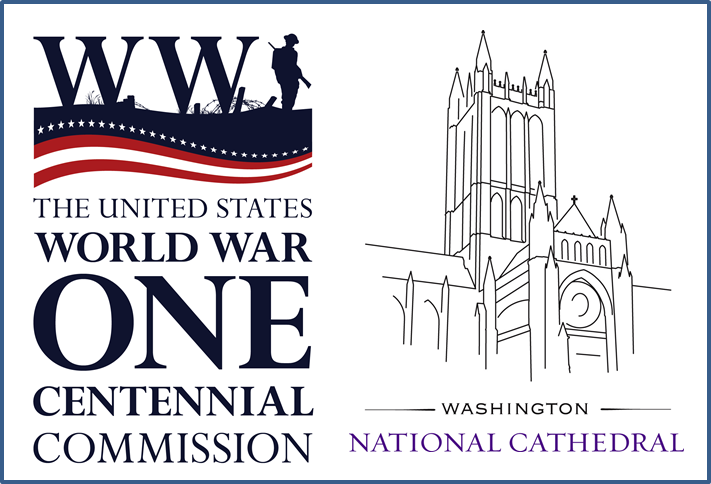
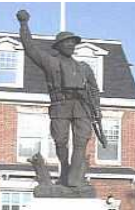 World War One Centennial Commission will partner with
World War One Centennial Commission will partner with 
